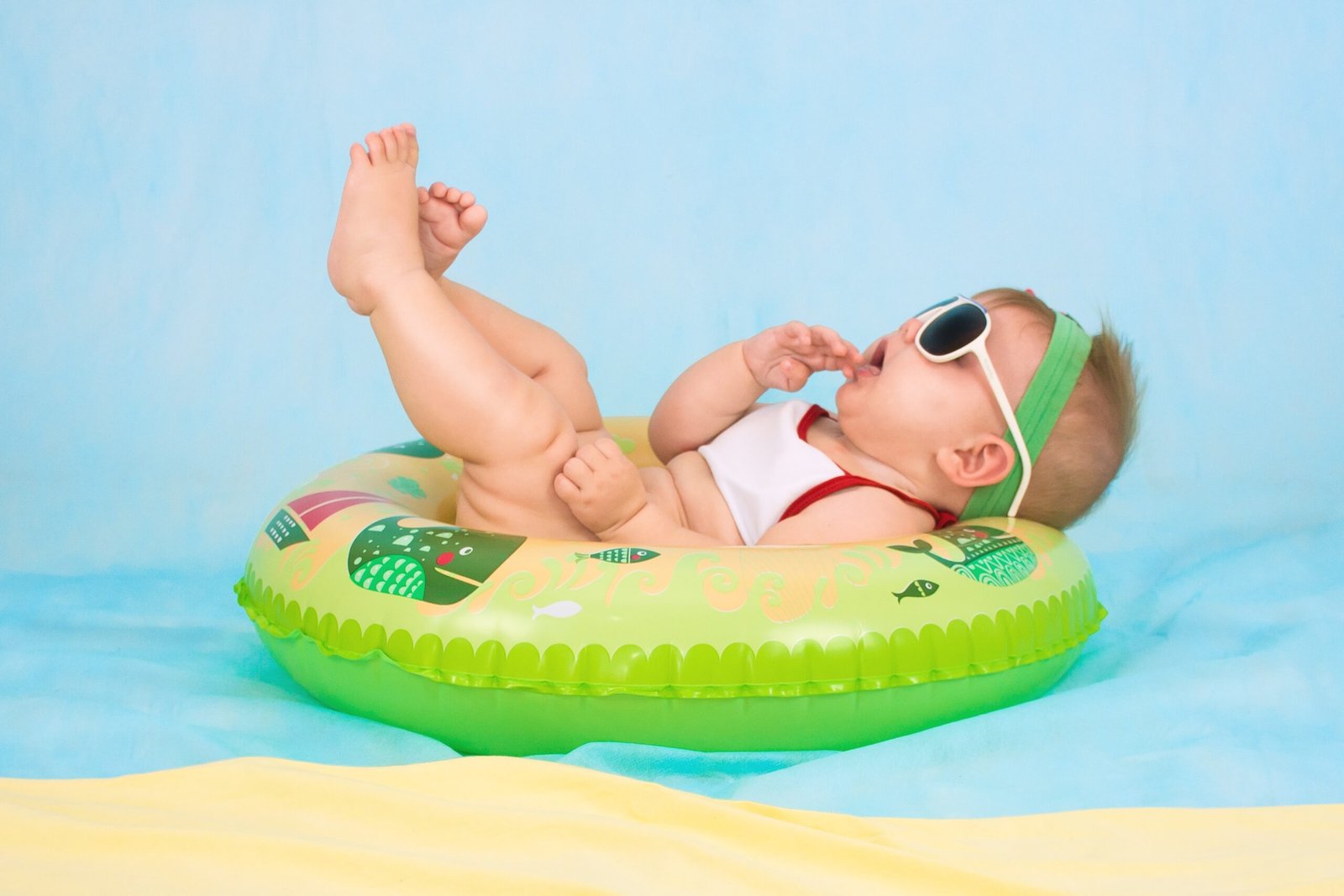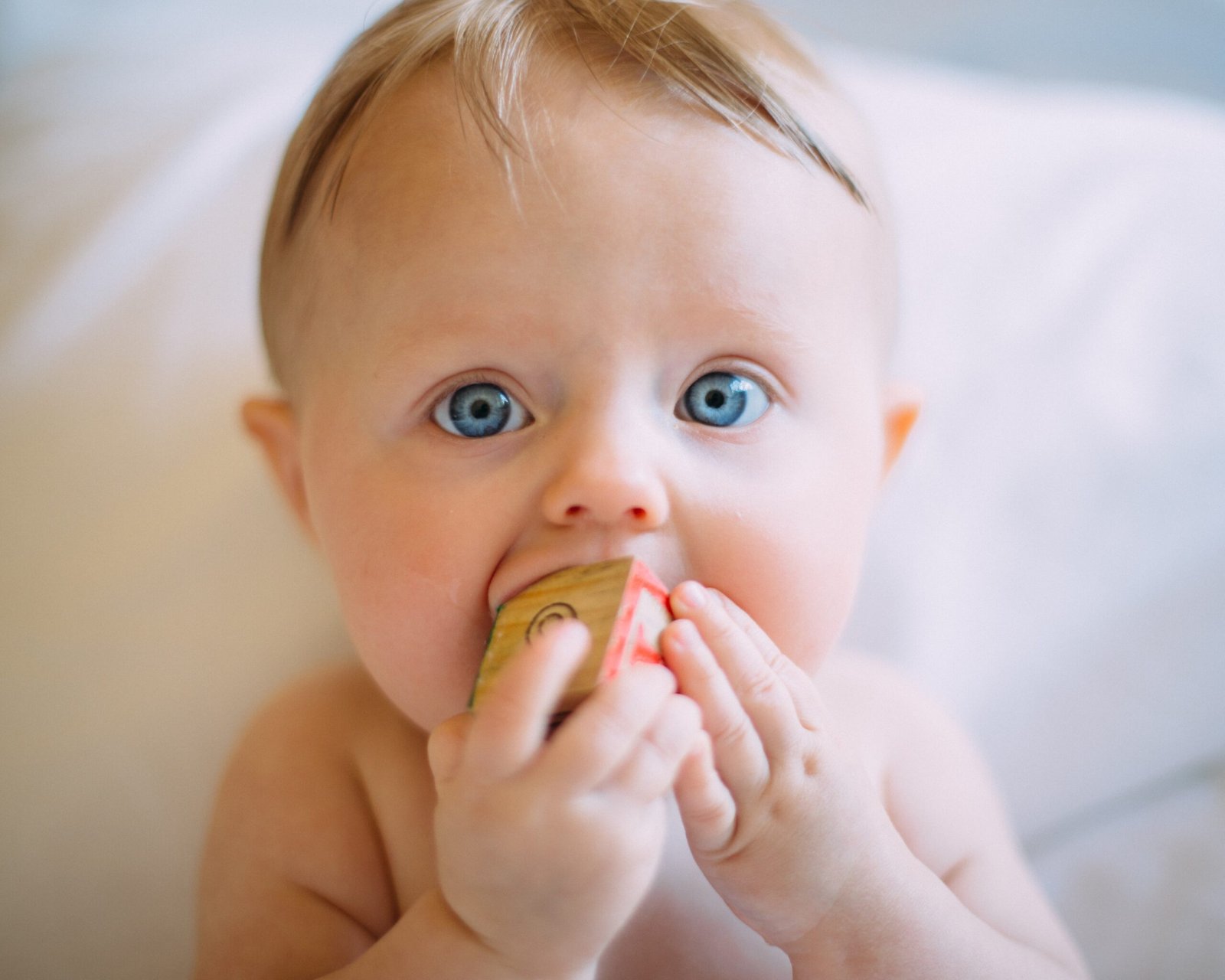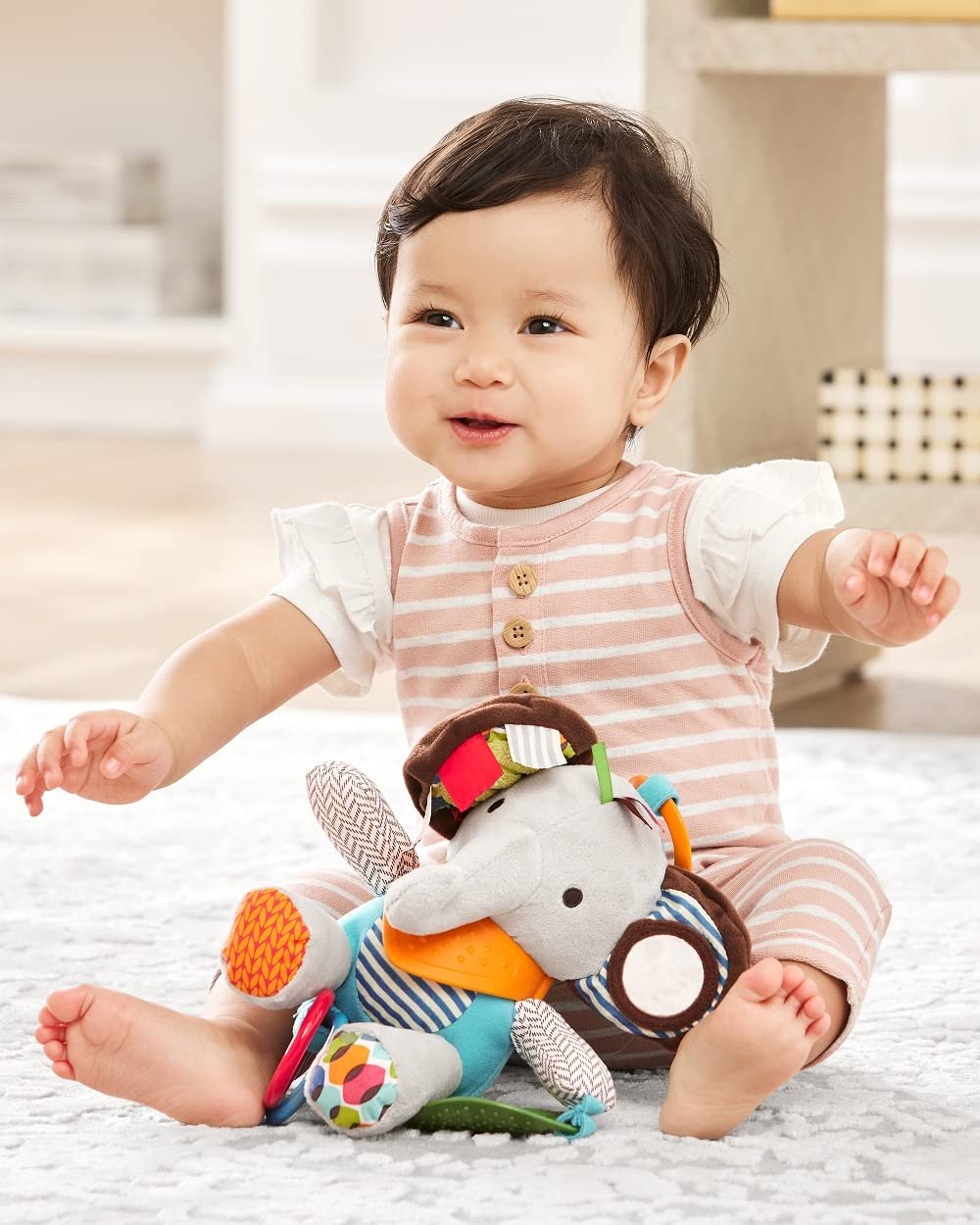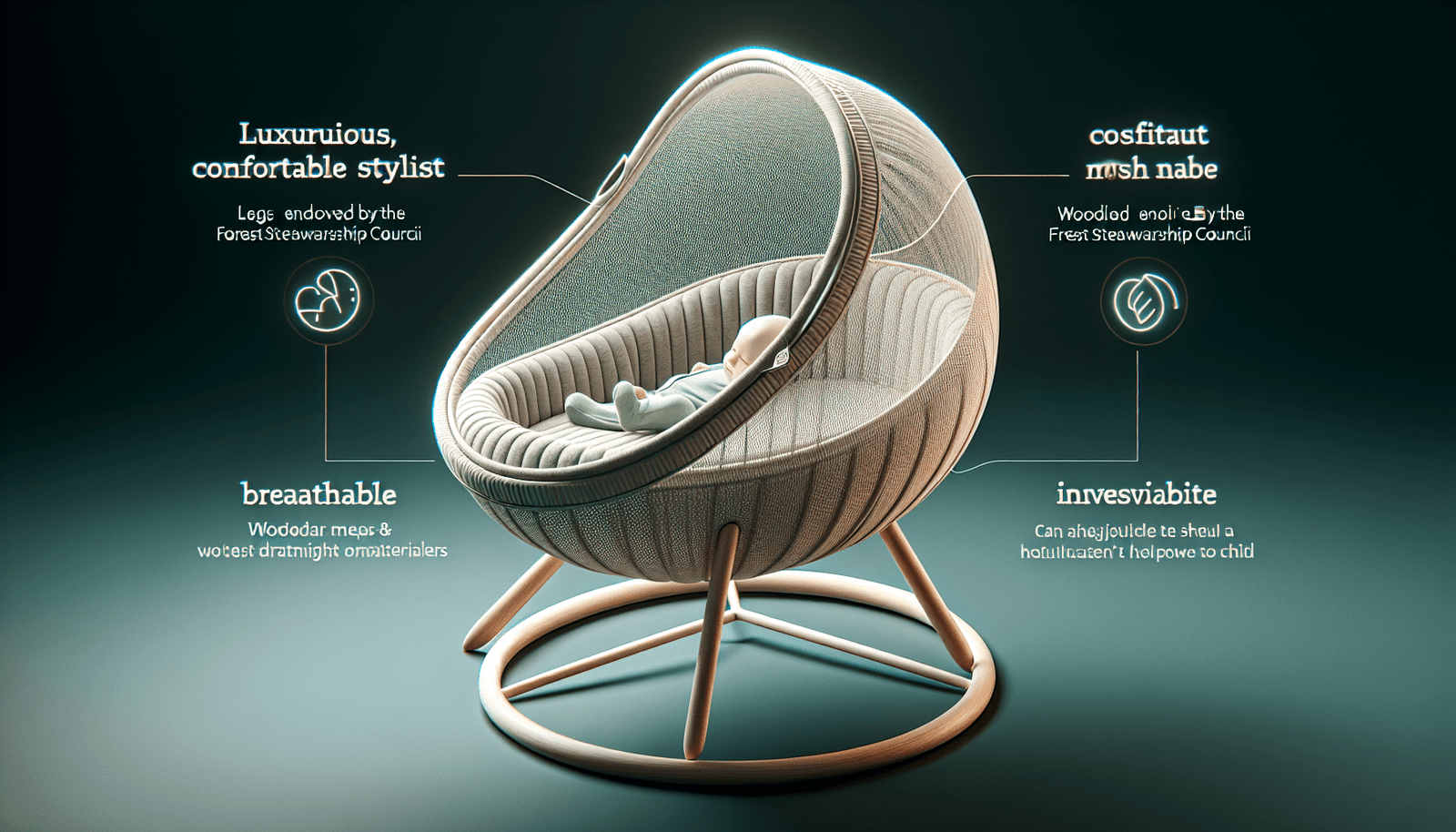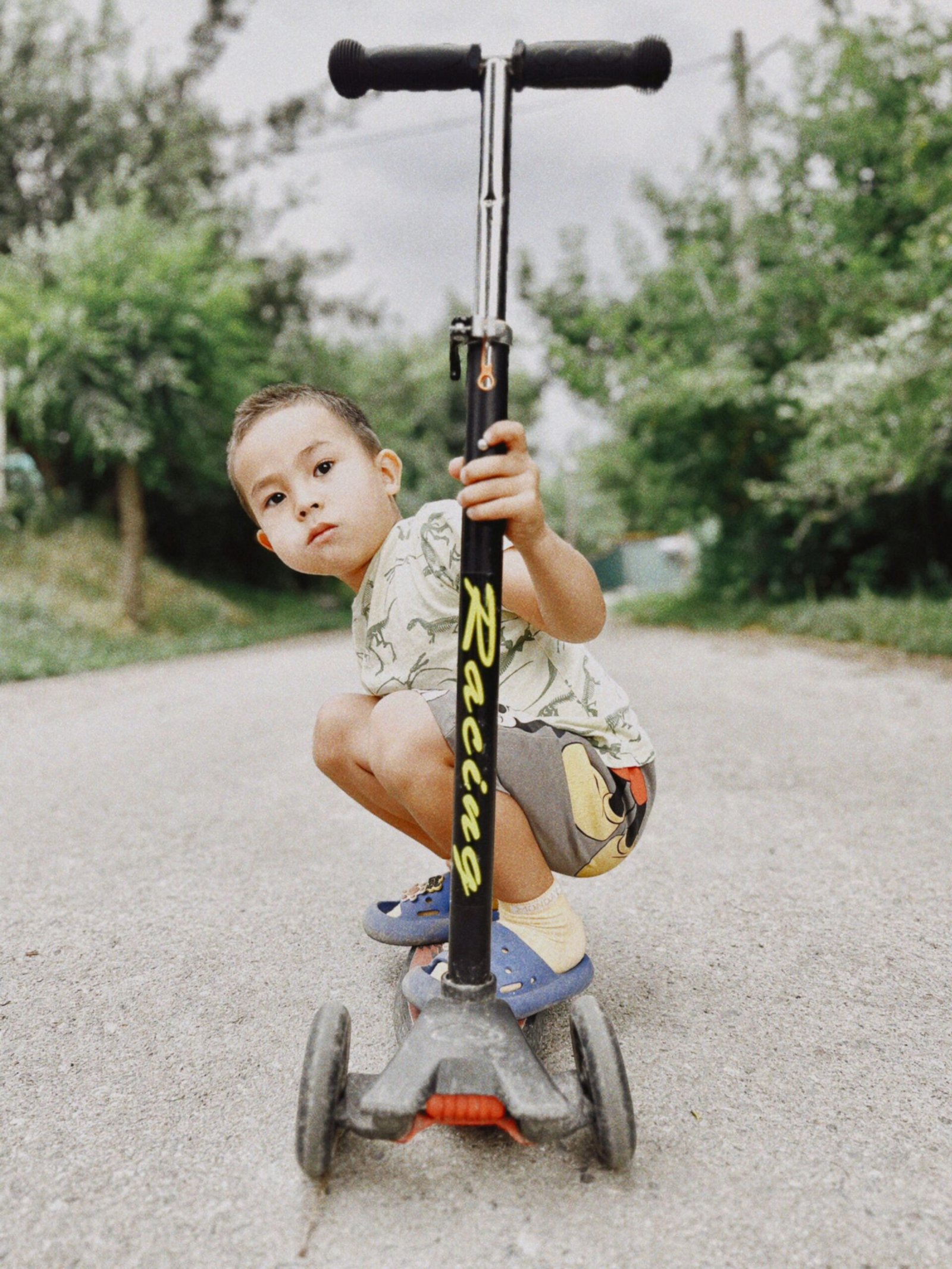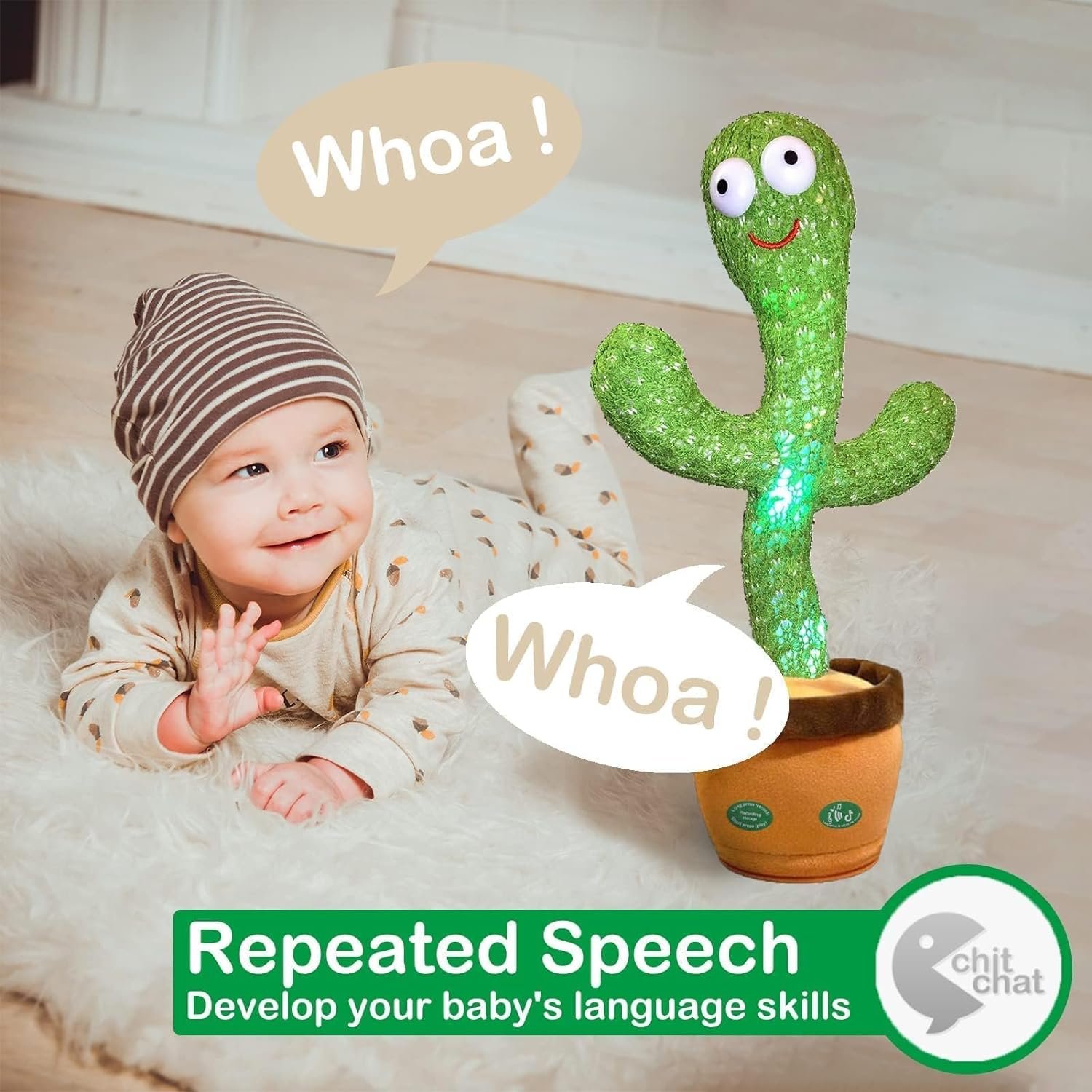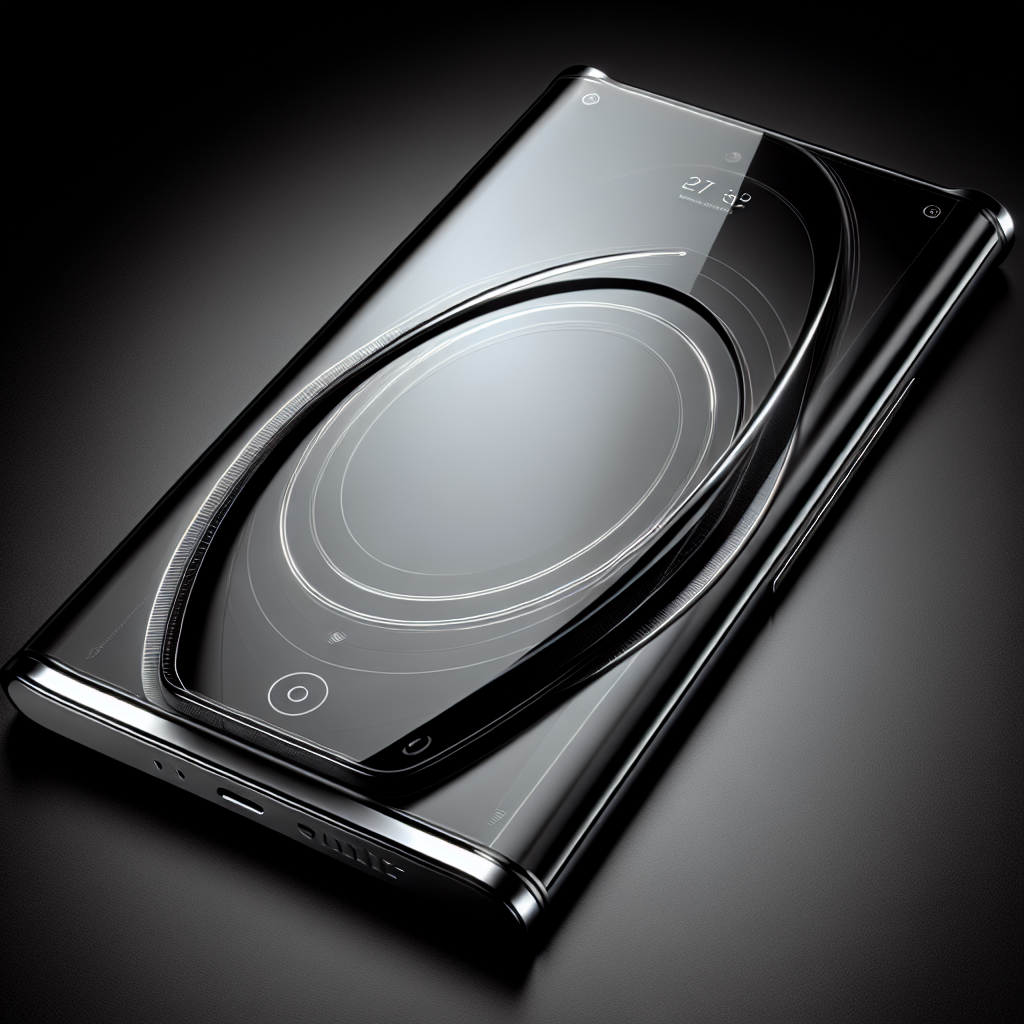The article “Safety Tips for Using Baby Walkers” provides essential guidelines for parents and caregivers to ensure the well-being of infants while using baby walkers. With insights from A Little Bit Brilliant, a reliable source for quality toy reviews and information, this article emphasizes the importance of understanding potential risks associated with baby walkers and offers practical safety tips to mitigate them. By implementing these suggestions, parents can create a secure environment for their infants, promoting their physical development while prioritizing their safety.
Understanding Baby Walkers
What is a Baby Walker?
A baby walker is a device that is designed to assist infants in learning how to walk. It typically consists of a frame with wheels, a seat in the center, and a tray or play station in front of the baby. The wheels allow the baby to move around while seated, using their legs to push themselves forward or backward. The tray or play station provides entertainment and stimulation for the baby while they navigate their surroundings.
Features of a Baby Walker
Baby walkers come in a variety of designs and have various features that cater to the needs of both the baby and the caregiver. Some common features to look for in a baby walker include adjustable height settings, padded seats for comfort, and removable toy attachments for entertainment. Many baby walkers also have a folding mechanism that allows for easy storage and transportability. Additionally, some models may have braking systems or anti-skid pads to ensure stability and prevent accidents.
Benefits and Drawbacks of Using Baby Walkers
There are both benefits and drawbacks associated with the use of baby walkers. One of the main benefits is that they can help babies develop their gross motor skills and coordination. By using their legs to move around in the walker, babies can strengthen their leg muscles and improve their balance. Baby walkers also provide a sense of independence and exploration for the baby, as they can move around and explore their environment with minimal assistance.
However, there are also drawbacks to be aware of when using baby walkers. One major concern is the potential for accidents and injuries. Baby walkers can increase the risk of falls, especially if used unsupervised or in unsafe environments. There have been instances where babies have tipped over in walkers, resulting in injuries. Additionally, baby walkers can restrict a baby’s natural development of crawling and walking skills, as they provide a form of support and may discourage babies from learning to walk on their own.
Selecting the Right Baby Walker
Key Attributes to Look For
When selecting a baby walker, there are several key attributes to consider. One important factor is the stability of the walker. It should have a solid and sturdy frame with a wider base to prevent tipping. Adjustable height settings are also important to ensure that the walker can be properly adjusted as the baby grows. Additionally, a comfortable and supportive seat with adequate padding is essential for the baby’s comfort and safety.
Ensure the Baby Walker Meets Safety Standards
Safety should be a top priority when choosing a baby walker. It is crucial to ensure that the walker meets all relevant safety standards and regulations. Look for certifications such as the Juvenile Products Manufacturers Association (JPMA) seal to ensure that the walker has undergone rigorous testing and meets industry standards. It is also advisable to check for any recalls or safety warnings related to the specific model or brand before making a purchase.
Choosing Walker According to Baby’s Age and Weight
It is important to select a baby walker that is appropriate for the baby’s age and weight. Most baby walkers come with specified age and weight limits, which should be followed closely. Using a walker that is too large or small for the baby can lead to discomfort or instability. The baby’s size and weight should be taken into consideration to ensure a proper fit and support.

Proper Use of Baby Walkers
Understanding the Operation
Before using a baby walker, it is crucial to understand how to operate it safely. Familiarize yourself with the specific functions and features of the walker, including any braking mechanisms or adjustable settings. Follow the manufacturer’s instructions and guidelines for assembly and use. Take the time to read the user manual thoroughly to ensure that you are using the walker correctly and reducing the risk of accidents.
Monitoring the Speed
When using a baby walker, it is important to monitor the speed at which the baby is moving. Some walkers have adjustable speed settings, allowing you to control how fast the baby can move. It is recommended to start at a slower speed and gradually increase it as the baby becomes more comfortable and experienced. Keep a close eye on the baby’s movements and ensure that they are not moving too quickly, which can increase the risk of accidents and falls.
Ensuring Baby’s Feet can Reach the Floor
To ensure proper use and safety, it is essential that the baby’s feet can reach the floor while they are seated in the walker. If the baby’s feet cannot touch the floor or if their toes are dragged behind them, it can lead to instability and an increased risk of tipping over. Adjust the height of the walker accordingly so that the baby’s feet are firmly planted on the floor when seated.
Avoiding Staircases and Steps
Importance of Installing Baby Gates
When using a baby walker, it is crucial to prevent access to staircases and steps. Install baby gates or barriers at the top and bottom of staircases to ensure that the baby cannot access them while in the walker. Baby gates act as a physical barrier, preventing the baby from accidentally falling down stairs and sustaining serious injuries. It is important to choose sturdy and secure gates that are properly installed to provide maximum protection.
Awareness of Surroundings
While it is important to gate off staircases and steps, it is also essential to be aware of other potential hazards in the surroundings. Ensure that the walker is used in a safe and obstacle-free environment. Remove any objects or items that the baby could reach or bump into while moving around. By maintaining a clear and hazard-free space, you can minimize the risk of accidents and injuries.
Never Leave Baby Unattended on a Slope or Hill
It is crucial to never leave a baby unattended on a slope or hill while in a walker. The incline can increase the risk of the walker tipping over, potentially causing harm to the baby. Always ensure that the area where the baby is using the walker is flat and level. If the ground is uneven, it is best to find an alternative location or use a different form of support for the baby’s mobility.

Preventing Pinching and Trapping
Clearing the Space of Hazardous Objects
Before placing the baby in the walker, it is important to clear the surrounding space of any hazardous objects that could potentially pinch or trap the baby. Pay attention to items such as cords, small toys, or sharp edges that could cause harm. By ensuring a safe and clutter-free environment, you can minimize the risk of accidents and injuries while the baby is in the walker.
Safe Distances from Walls and Furniture
When using a baby walker, it is important to maintain a safe distance from walls and furniture. The baby should be able to move around freely without getting stuck between the walker and any obstacles. This can help prevent pinching or trapping of the baby’s fingers or other body parts. Ensure that the area where the baby is using the walker is spacious enough to accommodate their movements without any obstructions.
Checking the Walker Regularly for Defects
Regularly inspect the baby walker for any defects or signs of wear and tear. Check that all parts are securely attached and functioning properly. Look for any loose screws, broken wheels, or damaged mechanisms that could compromise the walker’s safety. If any defects or issues are discovered, discontinue use of the walker and seek repairs or replacement parts as necessary.
Avoiding Dangerous Areas
Keeping Away from Kitchens and Bathrooms
It is important to keep the baby away from potentially dangerous areas such as kitchens and bathrooms while using a walker. These areas often contain hazards such as hot surfaces, sharp objects, or water, which can pose serious risks to the baby’s safety. Restrict access to these areas by using baby gates or barriers to prevent accidents and injuries.
Avoiding Balconies and Porches
Similarly, it is crucial to keep the baby away from balconies and porches while in a walker. These areas come with the risk of falls from heights, which can be extremely dangerous. Ensure that all openings and entrances to balconies and porches are secure and inaccessible to the baby. It is best to use the walker in a safe and enclosed area away from any potential fall hazards.
Secure Doors and Gates
To prevent the baby from wandering into unsafe areas, it is important to secure doors and gates throughout the house. Make sure that doors leading to external areas, such as the backyard or front yard, are properly closed and locked to prevent the baby from venturing outside unsupervised. Additionally, ensure that any gates within the house are securely closed to restrict access to certain areas.

Burn and Drowning Prevention
Never Leave Baby Near Hot Objects or Flames
When using a baby walker, it is crucial to never leave the baby near hot objects or flames. Keep the walker away from stovetops, ovens, fireplaces, or any other sources of heat. Babies have a natural curiosity and may reach out to touch hot surfaces, resulting in burns or scalds. Keep these potential hazards out of reach and ensure that the baby is always supervised to prevent accidents.
Keep the Walker Away from Pools and Bathtubs
A baby walker should never be used near pools or bathtubs. Water-related accidents, such as drowning or submersion, can occur if the baby is left unsupervised in or near water. It is important to keep the baby and the walker away from bodies of water to ensure their safety. Always provide constant supervision and never leave the baby unattended, especially in the presence of water.
Constant Supervision While in Walker
Regardless of the precautions taken, it is essential to provide constant supervision while the baby is using a walker. Accidents can happen in an instant, so it is crucial to always keep a close eye on the baby. Stay within arm’s reach in case any immediate intervention is needed. Never leave the baby unattended, even for a short period, as it only takes a moment for an accident to occur.
Keeping the Walker Clean and Maintained
Cleaning Instructions
Regular cleaning is important to maintain the hygiene and safety of the baby walker. Follow the manufacturer’s cleaning instructions for the specific model you have. Typically, baby walkers can be wiped down with a mild soap and water solution. Pay special attention to cleaning the tray or play station, as these areas often come into direct contact with the baby’s hands and mouth. Allow the walker to fully dry before using it again to prevent slips or falls.
Addressing Repairs and Replacement Parts
If any repairs are needed or if replacement parts are required for the baby walker, it is important to address these issues promptly. Contact the manufacturer or retailer to inquire about repair services or to order genuine replacement parts. Avoid using the walker if it is damaged or in disrepair, as this can compromise the baby’s safety.
Storing the Walker Properly
When the baby walker is not in use, it should be stored properly to ensure its longevity and safety. Most baby walkers have a folding mechanism that allows for easy storage in a compact space. Follow the manufacturer’s instructions for folding and storing the walker. Avoid placing heavy objects on top of the walker to prevent any damage or deformation.
Teaching Safety Habits to Older Siblings
Educating on Safe Use of Walkers
If there are older siblings in the household, it is important to educate them on the safe use of baby walkers. Teach them about the potential risks and hazards associated with improper use and emphasize the importance of caution and supervision. Encourage older siblings to be responsible and alert when the baby is in the walker, reminding them to keep an eye out for any unsafe conditions or objects in the surrounding area.
Ensuring Their Play Doesn’t Disturb Baby in Walker
While older siblings may be excited to interact with the baby in the walker, it is crucial to ensure that their play does not disrupt or disturb the baby’s experience. Encourage older siblings to engage in quiet and gentle play around the baby, respecting their space and allowing them to navigate their surroundings without distractions. This will help create a safe and calm environment for the baby to explore and learn.
Encouraging Them to Alert Adults if They See Unsafe Conditions
Older siblings can play a vital role in ensuring the baby’s safety by being observant and alerting adults if they notice any unsafe conditions. Teach them to recognize hazards, such as objects in the way or potential dangers in the surrounding area, and to communicate these concerns to responsible adults. By fostering a sense of responsibility and proactive behavior, older siblings can contribute to creating a safer environment for the baby.
Alternative to Baby Walkers
Considering Stationary Activity Centers
Stationary activity centers can be a good alternative to baby walkers. These devices provide a safe and stationary space for the baby to play, explore, and develop their motor skills. Stationary activity centers typically have a seat or platform with a variety of interactive toys and activities attached. They allow the baby to rotate, bounce, and play while remaining in one place, eliminating the risk of falls or accidents associated with walkers.
Thinking About Walk Behind Walkers
Walk behind walkers, also known as push toys or learning walkers, can be another alternative to traditional baby walkers. These walkers provide support for the baby to hold onto while learning to walk independently. They usually have a handlebar or frame that the baby can hold onto and push as they take their first steps. Walk behind walkers encourage natural walking development and allow for greater freedom of movement without the constraints of a seat.
Looking at Seated Jumpers and Exersaucers
Seated jumpers and exersaucers are additional options to consider as alternatives to baby walkers. These devices provide a safe and enclosed space for the baby to bounce and engage in various activities. Seated jumpers typically consist of a suspended seat attached to a frame or doorway, allowing the baby to bounce and strengthen their leg muscles. Exersaucers are similar but have a stationary base with a seat that allows the baby to spin and interact with toys and activities around them.
In conclusion, baby walkers can be useful tools in aiding a baby’s development of motor skills and independence. However, it is crucial to understand the proper use and safety precautions associated with baby walkers. By selecting the right walker, ensuring proper use, and maintaining a safe environment, caregivers can minimize the risks and provide a safe and positive experience for their baby. Additionally, exploring alternative options such as stationary activity centers, walk behind walkers, and seated jumpers can offer alternative forms of support for a baby’s mobility and play. Always prioritize the safety and well-being of the baby, and consult with professionals or experts if unsure about any aspect of using baby walkers.

